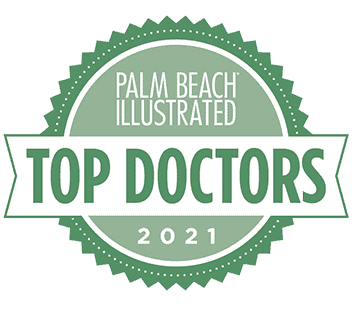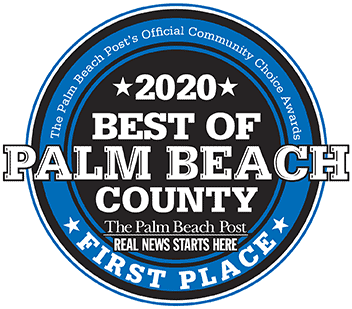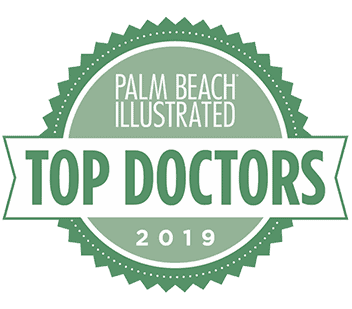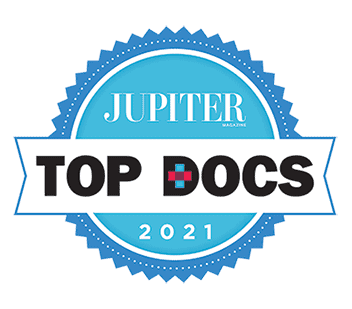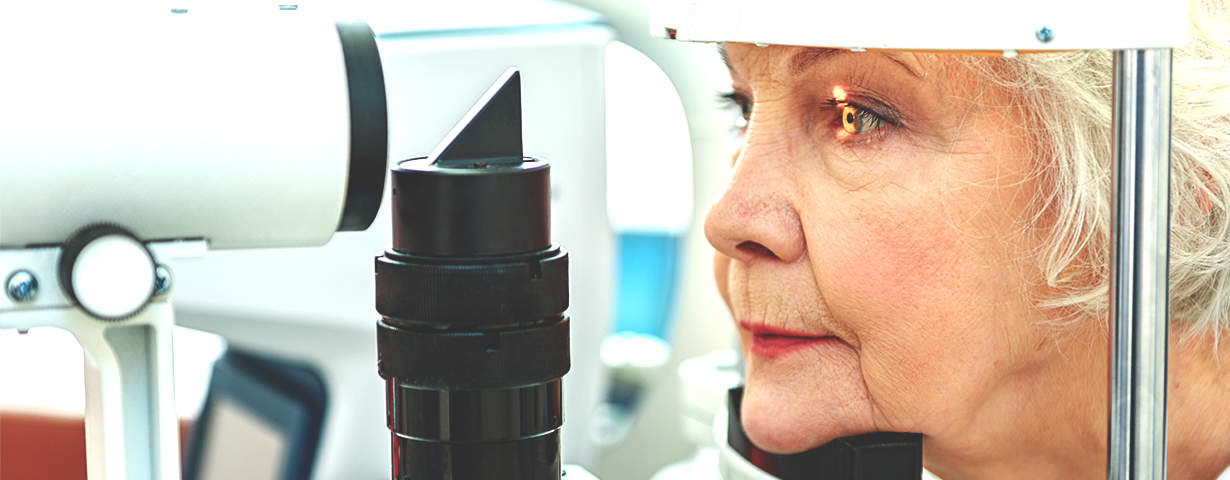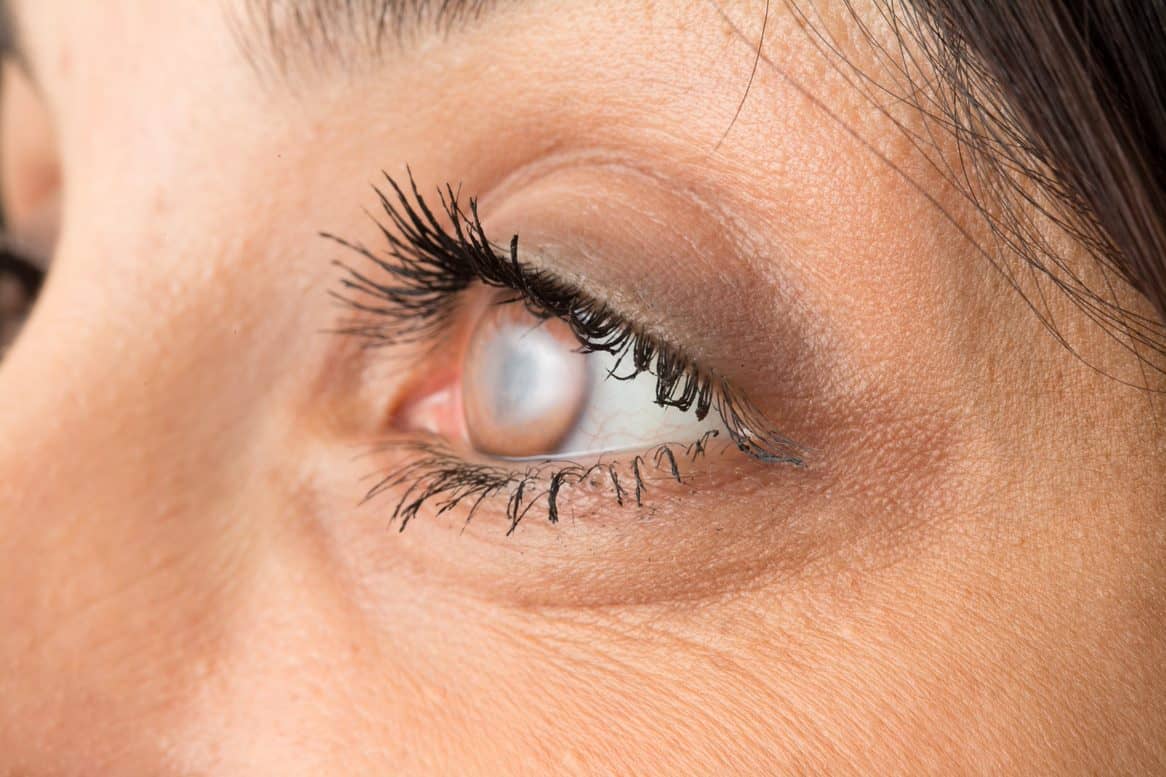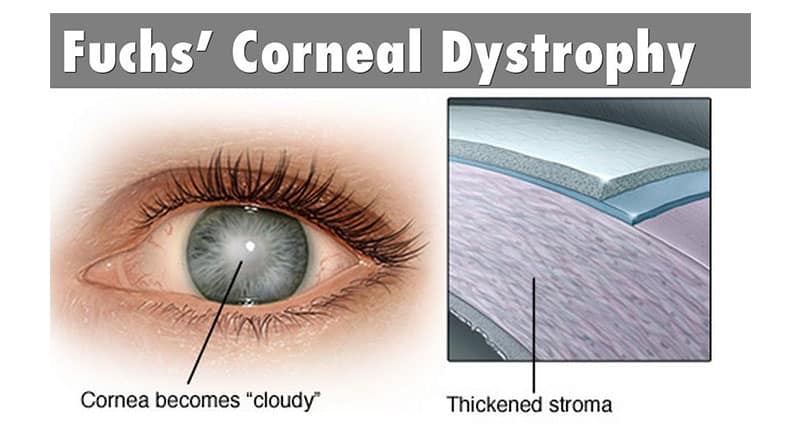Research Links Statin Use Cataract Development
Researchers found strong evidence of a link between cataracts and statin use, according to a recent article in the Canadian Journal of Cardiology.
Data from the British Columbia Ministry of Health databases from 2000-2007, which matched 162,501 cases with 650,004 controls, showed a 27% increased risk of developing cataracts requiring surgical intervention. Another patient cohort from the IMS LifeLink showed a 7% increased risk. In this group were 45,065 patients; the control group had 450,650. Study participants were between 40 and 85 years of age.
“Past evidence [was] very nebulous on whether there is a solid relationship between statin and cataracts because there are many other confounding variables,” says Veeral S. Sheth, MD, MBA, FACS, director, Scientific Affairs at University Retina and Macula Associates, and clinical assistant professor at University of Illinois at Chicago. “We’re talking about an elderly group in general that has other risk factors for cataracts, such as age, vascular disease, diabetes and other system diseases. This helps move us in the direction of thinking that there certainly is a link.”
Dr. Sheth says ophthalmologists should talk to patients about their medications, including statins, and explain the high risk of developing cataracts to patients using statins.
“If the patients are younger, have cataracts and have been on statins for five to 10 years, it gives us a better answer as to why they have the cataracts, and I think in the end that helps patients,” he says.
Also, Dr. Sheth says this data provides an avenue for ophthalmologists to educate colleagues on the connection of statin use and cataracts and other risks associated with patients’ medications.
“Cardiologists and primary care doctors might not understand what it means to have an increased risk of cataracts or may not know what a cataract does or how it effects the patients.”
Source/Ophthalmology Management









